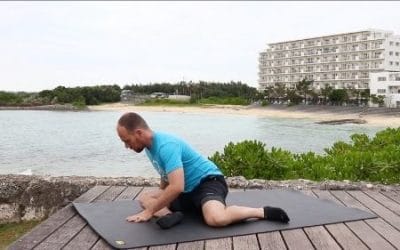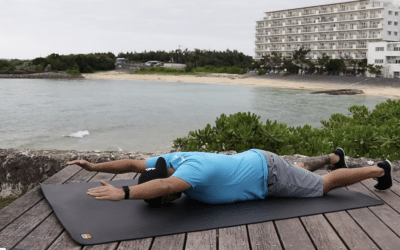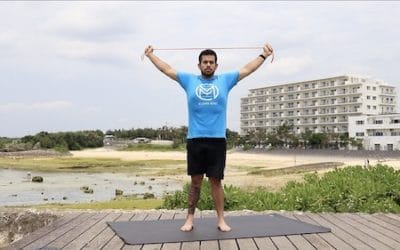Foam Roll Rhomboids
foam roll rhomboids
Foam rolling the rhomboids is a highly effective self-myofascial release technique that targets the muscles between your shoulder blades, relieving tension, improving upper back mobility, and promoting recovery. By placing a foam roller beneath your upper back and rolling across the rhomboid muscles, you can apply controlled pressure to break up adhesions and knots that often cause discomfort and limit movement.
Ideal for athletes and fitness enthusiasts, foam rolling the rhomboids can significantly alleviate upper back tightness caused by poor posture, repetitive lifting, or strenuous upper body workouts. It improves circulation, increases flexibility, and promotes better posture by releasing muscle tension and promoting proper alignment.
Incorporating this practice into your warm-up or cooldown routine is simple, and the intensity can be adjusted by changing your body weight pressure on the foam roller. Regularly using this technique will help you relieve muscle soreness, enhance upper back flexibility, and ensure balanced movement patterns for improved athletic performance and daily activities.
Equipment Needed:
- Open floor, or yoga mat
- Foam Roller
Instructions for foam rolling your rhomboids:
- Lie down with your mid-back on top of a foam roller
- Either cross your arms (hug yourself) or interlock your fingers and push your shoulders forward, both will help expose more muscles
- Position the foam roller so it is contacting the level of your shoulder blades
- Lean to one side
- Roll up and down over the foam roller applying firm but tolerable pressure
- Focus on any particularly tender areas
- Roll for the prescribed amount of time then switch sides
Common Errors:
- Make sure to relax the muscle being massaged
Progressions / Regressions:
If this is too challenging:
- N/A
If you want more of a challenge:
- N/A
Related Exercises
90/90 Hip Stretch
90/90 Hip Stretch90/90 hip Stretch The 90/90 hip stretch is a powerful exercise designed to improve hip mobility, flexibility, and overall lower body function. This stretch targets the hip internal and external rotators, and the glutes, making it ideal for athletes...
Prone Angel
Prone AngelProne Angel The prone angel is a powerful exercise designed to improve upper back strength, shoulder stability, and overall posture. Performed while lying face down, this movement mimics the motion of making snow angels. It specifically targets the scapular...
Band Pass Through
Band Pass ThroughBand pass through The band pass through, also known as the band shoulder pass through, is an effective exercise designed to improve shoulder mobility, flexibility, and stability. This exercise involves using a resistance band to perform a controlled,...



